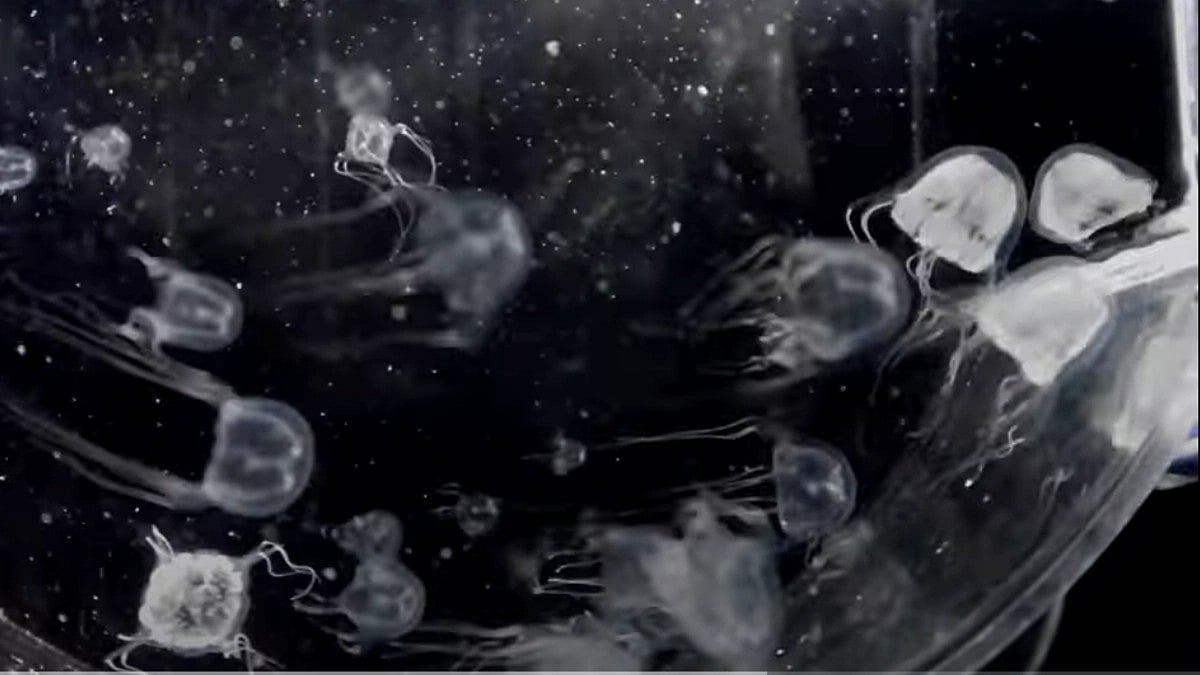Most jellyfish are free-swimming sea animals with umbrella-like bells and trailing tentacles. From warm to cold ocean regions to deep seas and the coastline, jellyfish can survive in any climate. If you have ever witnessed different species of jellyfish in the ocean, you've probably noticed how graceful and colourful they are. However, these stunning creatures can be rather unsafe to touch. More than 2,000 different types of jellyfish have been discovered until today. They are all unique and have a certain purpose.
Jellyfish have an umbrella-shaped body and several tentacles. Jellyfish thrive on fish, prawns, crabs, and small plants. Jellyfish's mouth is located in the centre of its body. Every year on 3rd November, World Jellyfish Day is observed. Continue to learn more about the history, significance, and fun facts of jellyfish you find in the ocean as we prepare to celebrate World Jellyfish Day this year.
World Jellyfish Day 2023 history
Since 2014, 3rd November has been observed as the World Jellyfish Day. It's springtime in the southern hemisphere, and jellyfish move to the northern hemisphere's coastlines.
World Jellyfish Day 2023 significance
The jellyfish has a substantial impact on the world marine plankton ecosystems' biomass, spatiotemporal dynamics, and community structure. They feed humans, house young fish in their tentacles, and are being researched for potential medicinal applications thanks to the green fluorescent protein that creates their bioluminescence, poisons, and tissues.
World Jellyfish Day 2023 fun facts
1) Jellyfish is a unique marine creature that glows at night. Jellyfish with such traits have bioluminescent organs, and when humans touch them, they release either blue or green light.
2) Jellyfish lack bones, a heart and a brain; they merely have a central nervous system. However, this does not prevent them from being intelligent and adaptable to their surroundings.
3) The massive, ever-washed-up jellyfish species was discovered in Massachusetts, USA, in 1870, named Hair Jelly. Its tentacles were more than 120 feet long, longer than those of a blue whale.
4) Jellyfish are considered a delicacy and are also used in traditional treatments in Chinese culture.
5) Jellyfish stings can cause pain in humans, and certain species may die due to it.










